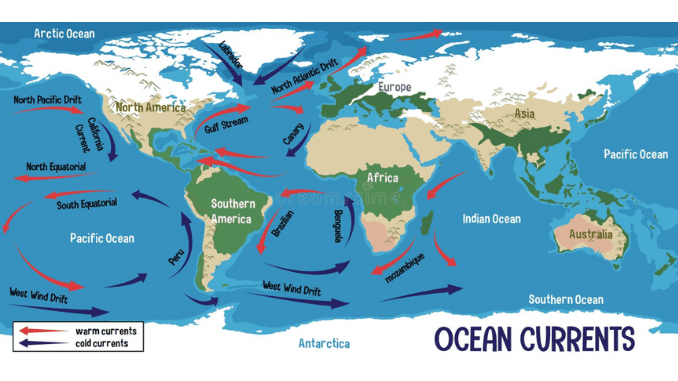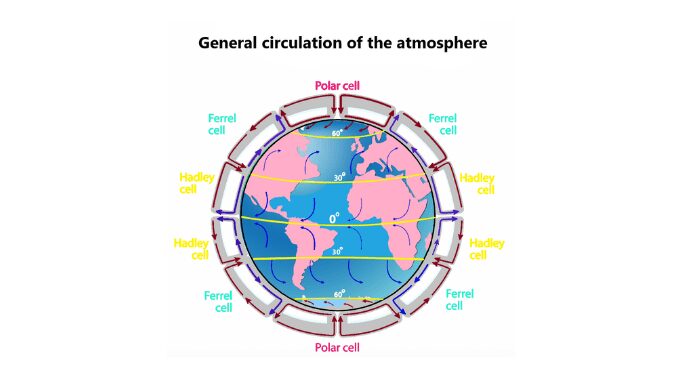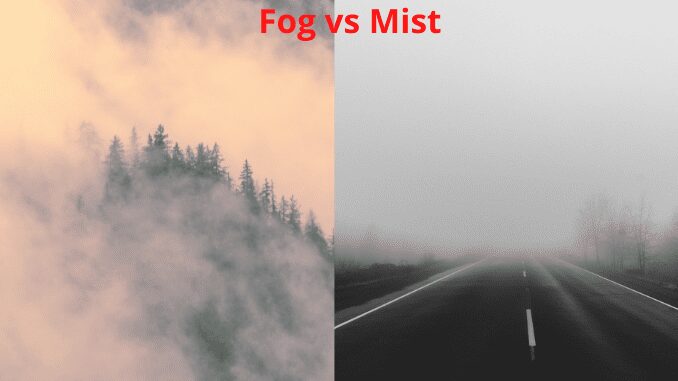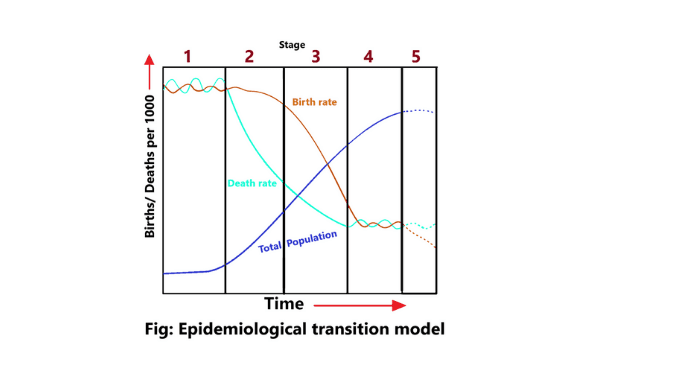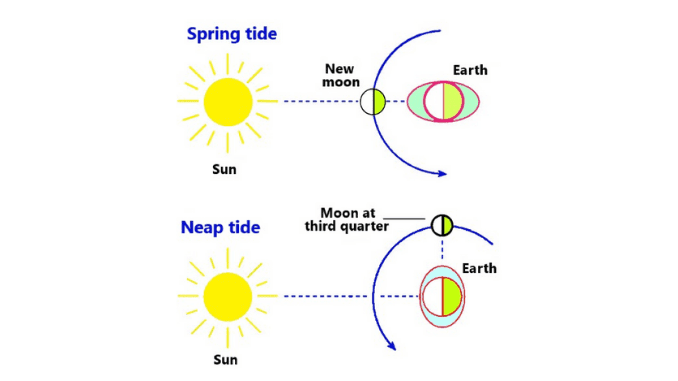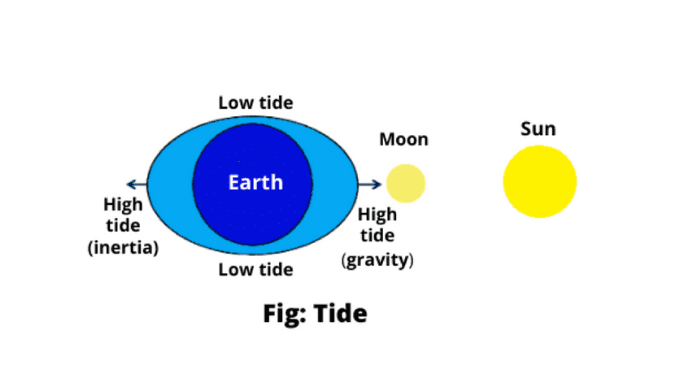Ocean currents: Types and importance
Introduction The specific and regular flow of ocean water is called ocean current. Are named after the direction in which they flow or the country they pass by. Below is a discussion of the types of ocean currents and their importance. About 71.4% of the total surface area is covered with water and the remaining […]
Ocean currents: Types and importance Read More »

